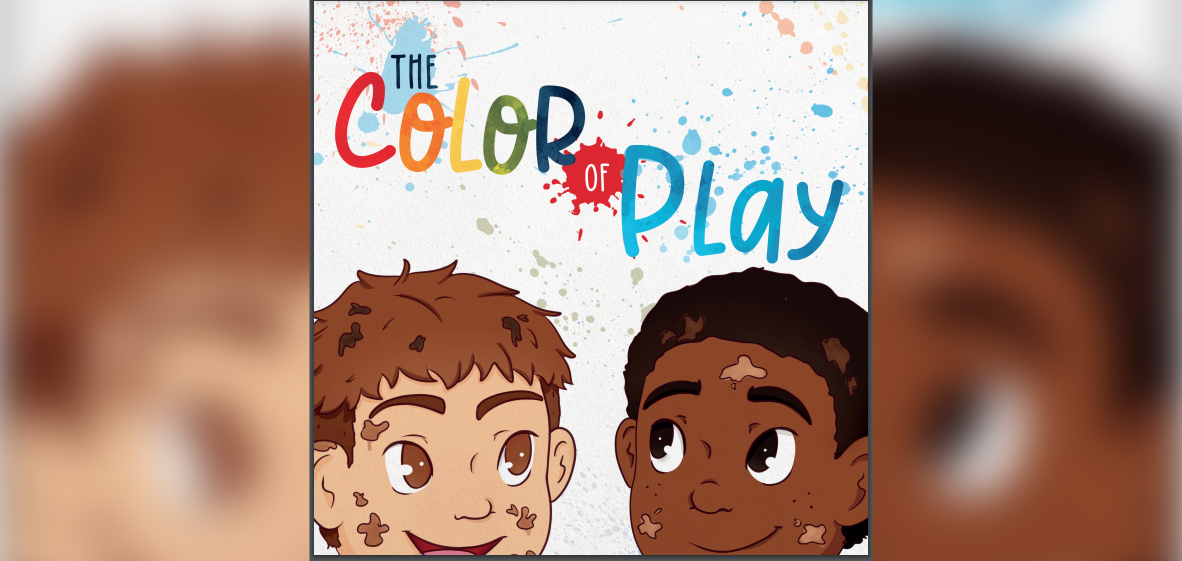
It comes out later this month, but we were given an opportunity to read an advance copy, and we are glad we did.
The Color of Play
by Nneka J. Howell
Available in March
Review by Daryle Lamont Jenkins
When someone produces a book, movie or television show for children that is geared towards educating, it is always particularly special when that production deals with issues that other adults have problems with explaining to their kids, not to mention issues they themselves might have problems coping with. When I was a kid that was when we started seeing that trend: children’s books that were considered “edgy” and groundbreaking simply because it featured characters that were Black just like me. Because I was pretty much born around the beginning of that, I did not grow up feeling as much of an outsider to life as I probably would have if I was around maybe just ten years before. In the children’s book The Color of Play, Chicago author Nneka J. Howell builds on the 50-plus years of that effort, giving us a rather unique children’s book that does that quite well with a number of topics that are seldom discussed that children face.
Now from the title, one might come away with the notion that this is yet another book geared towards learning to accepting and enjoying people from all races and cultures, but there is so much more going on. This is this the story of Jacob, a seven-year-old White boy who was given up for adoption when he was five by his biological parents, moving to a Chicago neighborhood and enrolls in a new school. That alone is enough to say this is going to be a story very different than what we are used to, as rarely do we accounts of adopted children and how they cope with such a change in their lives, let alone in a children’s book. Howell guides kids through it in a way they can not only understand but could quite possibly relate to, but there’s more. Much more.
Jacob is adopted by a biracial family and goes to a school where his best friend is a Black boy his age named Andrew. The multifaceted story deals with diversity, bullying, cultural norms and gun violence, particularly where Andrew explains to Jacob how dangerous it is for “kids who look like me” to play with guns, even fake ones. That give us yet another rarity in children’s books: conflict among friends, indeed a conflict that stems from Jacob’s upbringing before he was adopted that gave him an outlook that doesn’t work well with the new life he has. This is one part I had to read a few times, because with what today’s youth have seen over the past several years in regards to the Black community, police and guns, I really appreciated the way Howell was able to address such concerns here.
Still, alongside all of that are the things he enjoys as seven-year-olds tend to do, like playing Minecraft on his Xbox with Andrew and going to Disneyland. And the friendship that Jacob and Andrew have compliments each others “superpowers” to try and make their world a better place! That’s always a staple with children’s books of course, the fact that your life can be just as fun as the characters you read about. The Color of Play however is one of those books that tackle concerns children have and makes it clear that yes, even with all the questions and new people things you encounter life can be that way. That is something that is very important in an ever-changing world, particularly one that increasingly includes those that have been kept from it for generations upon generations.
I can see The Color of Play being one of those books parents and their children go to time after time. There will always be questions children have about new places and people they see, and they will meet children who will have those same questions about them. This is a book that also reminds those parents who also grew up in a time that our literature and other productions began trying to answer those questions, that they will always be new ones, and that’s a good thing.


More Stories
Excerpt from the Book ANTIFASCIST: A Memoir of the Portland Uprising
Excerpt from Upcoming Book: “F*****ck The Life and Times of Daniel Shuey” By Luis-Enrique Marquez
The Truths We Hold